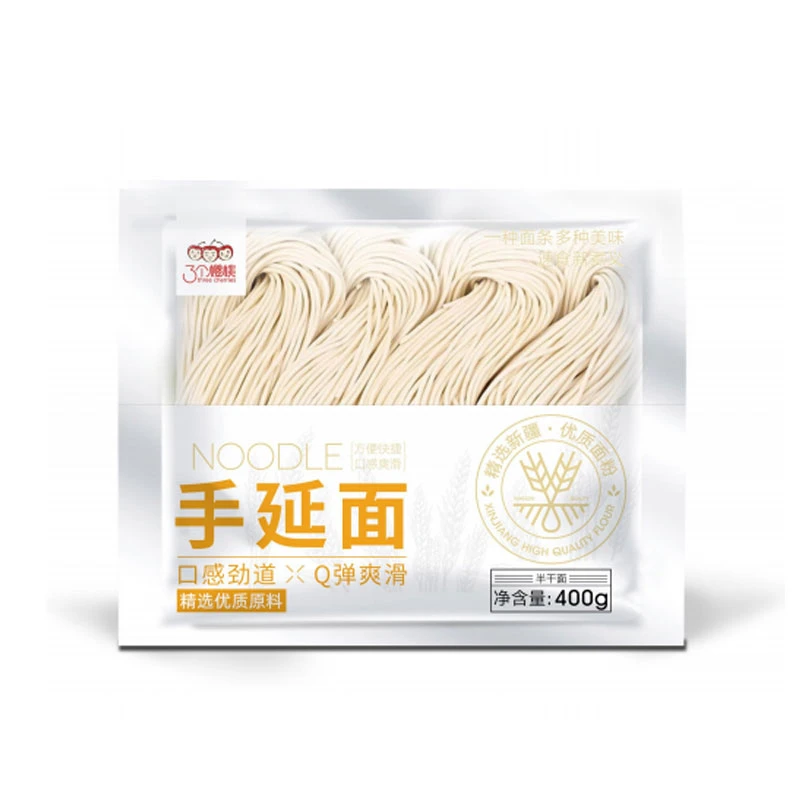is ramen bad for diabetics
Is Ramen Bad for Diabetics?
Ramen, a beloved staple in many diets, particularly in Asian cuisine, is often seen as a quick and convenient meal option. However, for individuals with diabetes or those monitoring their blood sugar levels, the question arises Is ramen bad for diabetics? To answer this, we need to explore the nutritional components of ramen, its impact on blood sugar levels, and alternatives that might be more suitable for maintaining glucose control.
Understanding Ramen
Ramen is primarily made from wheat noodles, served in a broth that can be flavored in various ways, often with meat, vegetables, and seasonings. The most common type of ramen is instant ramen, known for its ease of preparation and affordability. However, these noodles can be quite high in refined carbohydrates, sodium, and unhealthy fats.
One of the primary concerns for diabetics when it comes to ramen is its carbohydrate content. Foods that are high in refined carbohydrates can cause a spike in blood sugar levels. Instant ramen typically contains around 40 grams of carbohydrates per serving and can lead to a significant glycemic response. For individuals with diabetes, maintaining stable blood sugar levels is crucial, and consuming high-carb foods can complicate this.
Glycemic Index and Blood Sugar Response
The glycemic index (GI) measures how quickly a food can raise blood sugar levels. Foods with a high GI value prompt a rapid increase in blood sugar, which can be detrimental for diabetic patients who need to regulate their glucose levels. Traditional ramen noodles often have a high GI due to their refined wheat content. This means that consuming ramen can lead to quick and substantial increases in blood sugar, making it a less than ideal choice for those managing diabetes.
Furthermore, the processed nature of instant ramen often means that they contain additives, preservatives, and flavor enhancers such as monosodium glutamate (MSG). These ingredients can not only contribute to unhealthy eating habits but may also lead to weight gain and other metabolic issues, both of which can exacerbate diabetes symptoms.
Considerations for Diabetics
is ramen bad for diabetics

Despite the potential downsides, it's important to understand that not all ramen is created equal
. There are several factors that can influence whether or not ramen can fit into a diabetic meal plan1. Portion Control Diabetics can still enjoy ramen in moderation. Controlling portion sizes and balancing the meal with protein, healthy fats, and non-starchy vegetables can help mitigate blood sugar spikes.
2. Whole Wheat Noodles Opting for whole grain ramen or fresh noodles made from whole wheat can provide more fiber, which can help slow down the absorption of carbohydrates and control blood sugar levels.
3. Adding Protein and Vegetables Enhancing ramen with lean protein sources—such as chicken, tofu, or fish—and plenty of vegetables can create a more balanced meal. The fiber and protein can aid in stabilizing blood sugar responses.
4. Low-Sodium Broth Many instant ramen varieties are high in sodium, which can also be a concern for cardiovascular health. Choosing low-sodium broth and controlling the amount of flavoring added can result in a healthier dish.
5. Homemade Alternatives Preparing ramen from scratch allows for complete control over the ingredients, making it easier to create a lower-carb, nutrient-dense meal.
Conclusion
In summary, while ramen is indeed a delicious and convenient meal option, it poses certain challenges for individuals managing diabetes, primarily due to its high carbohydrate content and glycemic index. Nevertheless, with mindful planning—such as choosing whole grain options, controlling portions, and incorporating additional protein and vegetables—ramen can still fit into a balanced diet for diabetics. As with all dietary choices, moderation and awareness of how different foods affect blood sugar levels remain key. Ultimately, consulting with a healthcare professional or a registered dietitian can provide personalized guidance tailored to individual dietary needs and health goals.
-
Unleash Your Inner Chef with Delectable Italian Pasta CreationsNewsAug.01,2025
-
Savor Health and Flavor: Irresistible Soba Noodles for Sale Await!NewsAug.01,2025
-
Nourish Your Body with Premium Organic Ramen - A Culinary Delight AwaitsNewsAug.01,2025
-
Elevate Your Dishes with Our Exquisite Kinds of Egg NoodlesNewsAug.01,2025
-
Dive into Flavorful Convenience with Our Ramen OfferingsNewsAug.01,2025
-
Discover Exquisite Types of Naengmyeon and Chilled Soba NoodlesNewsAug.01,2025
-
Is Whole Wheat Pasta Healthy?NewsMay.30,2025
Browse qua the following product new the we

















































































































